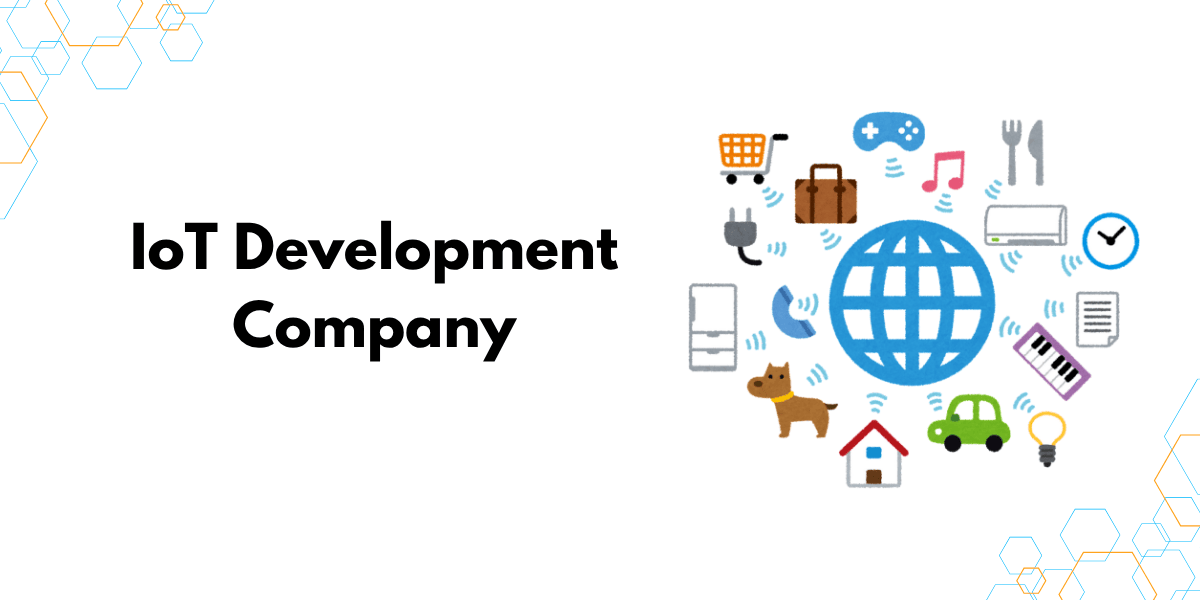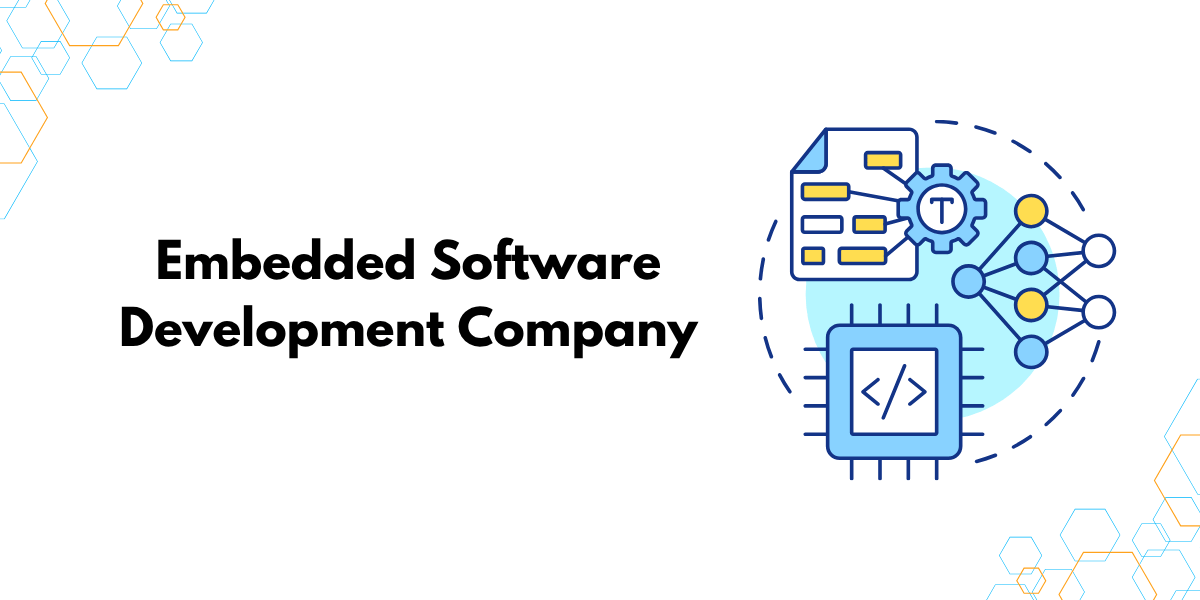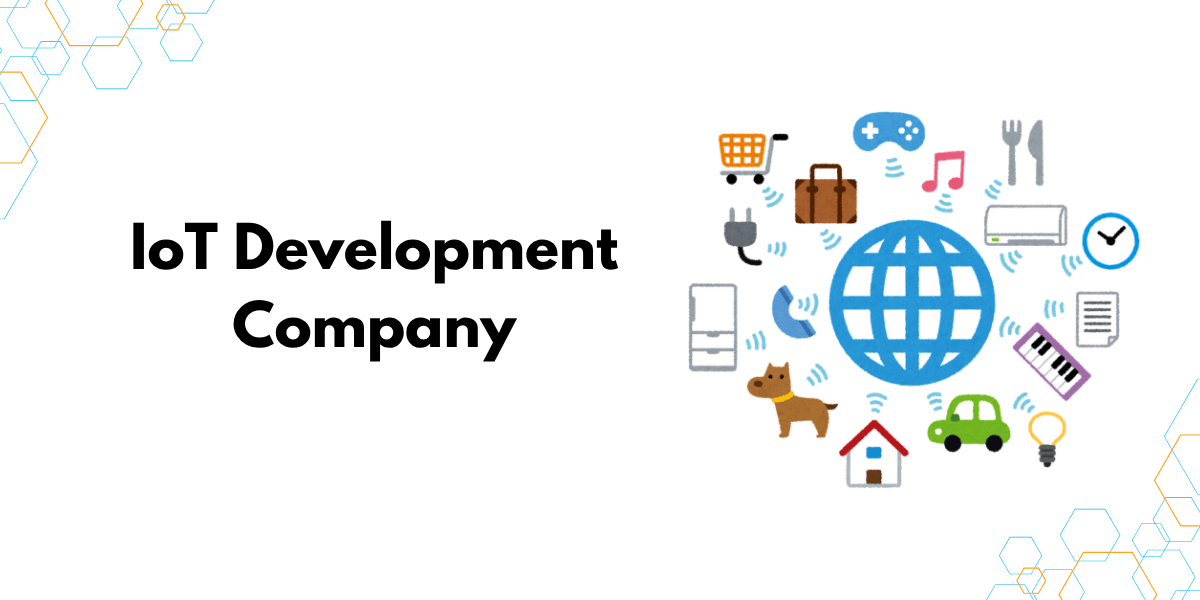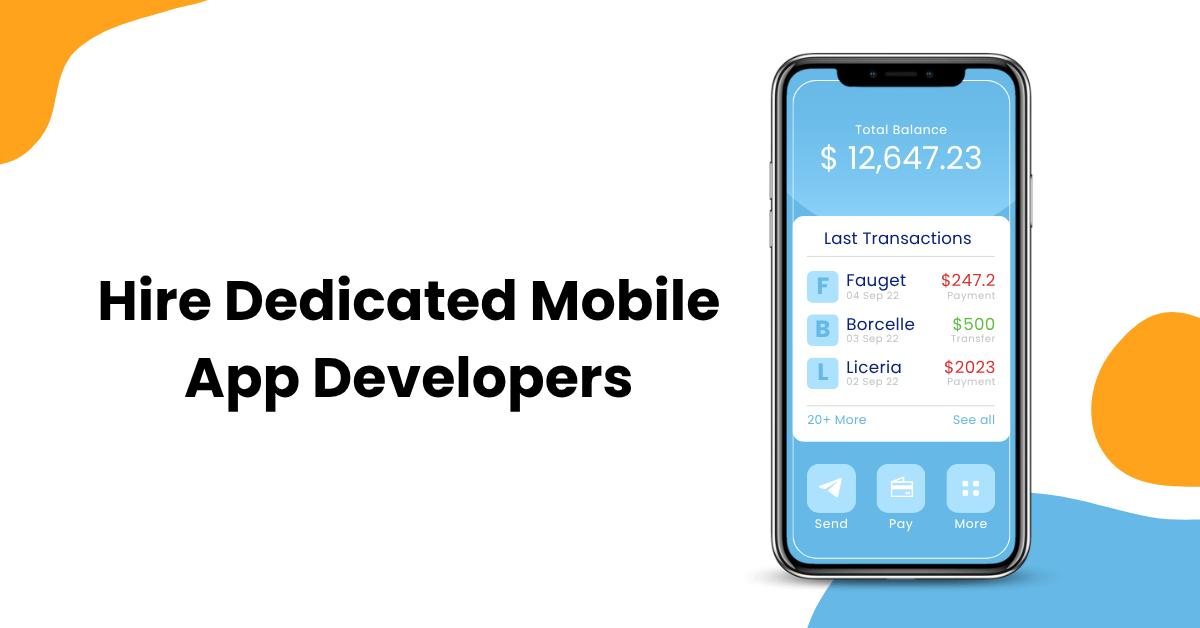IoT Hardware Design and Development: Building the Brains Behind Smart Devices

Strong 8k brings an ultra-HD IPTV experience to your living room and your pocket.
When people talk about IoT, most of the focus goes to dashboards, cloud platforms, and fancy mobile apps. But all of that starts with one simple thing: the hardware.
Without a well-designed IoT device, there’s no data to collect, no insights to gain, and nothing to control. Whether it’s a smart thermostat, a wearable tracker, or a sensor network in a factory, every connected product begins with hardware that can sense, compute, and communicate.
So, what exactly goes into building IoT hardware? Let’s break it down in simple terms.
What Is IoT Hardware?
IoT hardware refers to the physical components of a smart device. These include sensors, microcontrollers, power systems, communication modules, and housings basically everything that exists in the real world and interacts with its environment.
Some common examples:
- Temperature and humidity sensors in smart farms
- GPS modules in fleet tracking devices
- Motion detectors in home security systems
- Air quality sensors in pollution monitoring devices
Each device is designed to collect data, process it (sometimes on the device, sometimes in the cloud), and send it somewhere useful.
The Process of Designing IoT Hardware
Developing IoT hardware isn’t just about wiring a sensor to a board. It’s a careful process that balances performance, size, power consumption, cost, and reliability.
Here’s how it usually works:
1. Understanding the Use Case
It all starts with a clear understanding of the product’s job. Is the device going outdoors? Will it run on batteries? Does it need to send data every second or just once a day?
These questions shape every decision from which sensor to use, to what type of connectivity is required (Wi-Fi, LoRa, Bluetooth, NB-IoT, etc.).
2. Component Selection
Now the team picks the right parts:
- Microcontroller or processor: Acts as the brain of the device
- Sensors: Measure temperature, motion, pressure, location, etc.
- Power source: Battery, solar panel, USB, or mains
- Communication module: Sends/receives data via the internet or local network
- Storage (if needed): To store data locally before sending
Component selection needs to match the use case and budget. Sometimes going low-power is more important than high-speed performance.
3. Circuit Design
Once components are selected, engineers create a schematic (a blueprint of how parts are connected) and design the PCB (Printed Circuit Board) layout.
The board layout must be compact, efficient, and robust especially for industrial or outdoor environments.
4. Prototyping
At this point, a working prototype is built. It might look rough at first lots of wires, maybe 3D-printed casing but it helps verify the design, test connectivity, and ensure the sensors are accurate.
Prototyping is often done in stages:
- Breadboard version for early testing
- First PCB version for functionality
- Final version for size, power, and integration
5. Firmware Development
The hardware needs instructions. That’s where firmware comes in lightweight software that runs on the device and tells it what to do. For example:
- When to read data from the sensor
- How to format and send data to the cloud
- How to handle errors or lost connections
- When to sleep to save battery
Firmware is usually written in C or C++, sometimes using libraries for specific platforms like Arduino, STM32, ESP32, or Raspberry Pi.
6. Testing & Validation
Every prototype goes through rounds of testing:
- Functionality testing to make sure the sensors and communication work
- Environmental testing (e.g., temperature, dust, vibration) for real-world reliability
- Battery life testing
- Interference and signal testing if wireless communication is involved
Bugs are fixed, and improvements are made before moving to production.
7. Enclosure Design
Even the smartest hardware needs a good outer shell. Enclosure design focuses on:
Durability (especially for industrial use)
- Weatherproofing (for outdoor use)
- Ergonomics (for wearables)
- Heat dissipation
Material selection plastic, aluminum, or even rugged rubber depends on the application.
8. Manufacturing
Once everything’s working and the design is finalized, it’s time to build at scale. This involves:
- PCB fabrication
- Component soldering
- Device assembly
- Quality checks
A reliable manufacturing partner is key here especially for bulk production.
Challenges in IoT Hardware Development
🔋 Power Management
Many IoT devices run on batteries and are deployed in places where charging isn't possible. Efficient firmware and low-power components are crucial to extending battery life.
🌐 Connectivity
Devices often operate in areas with limited or unreliable internet access. Choosing the right communication protocol (LoRa, Zigbee, NB-IoT, etc.) matters a lot.
🌦️ Environmental Stress
Outdoor and industrial devices must handle extreme temperatures, dust, moisture, and even impact. Hardware design must reflect this.
🔧 Maintenance
If a device breaks or stops sending data, someone has to fix it. Good hardware design makes diagnostics easier and failures less likely.
Custom vs. Off-the-Shelf
While you can buy ready-made boards and sensors, custom hardware lets you:
- Optimize for your exact needs
- Reduce power usage and size
- Add features that off-the-shelf devices don’t have
- Make your product unique in the market
If you're building a product to scale, custom hardware almost always makes sense.
Who Needs IoT Hardware Development?
These are just a few examples:
- Smart Agriculture: Soil sensors, automated irrigation, weather monitors
- Healthcare: Wearables, remote patient monitoring, connected inhalers
- Logistics: GPS tracking, condition monitoring for goods, RFID readers
- Energy: Smart meters, solar panel monitors, battery health sensors
- Manufacturing: Machine status trackers, predictive maintenance sensors
In each of these industries, the hardware is where everything begins.
Final Thoughts
Great IoT hardware isn’t built overnight. It takes deep knowledge of electronics, communication protocols, design trade-offs, and real-world conditions.
Whether you're launching a new product or upgrading an existing one, partnering with an experienced IoT hardware development team can make the journey smoother from concept to production.
If you want your devices to be smart, durable, and reliable, start by building a strong foundation. And that foundation is your hardware.
Note: IndiBlogHub features both user-submitted and editorial content. We do not verify third-party contributions. Read our Disclaimer and Privacy Policyfor details.







